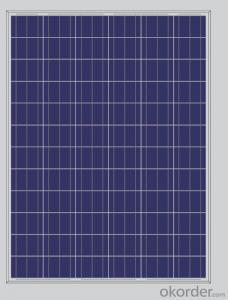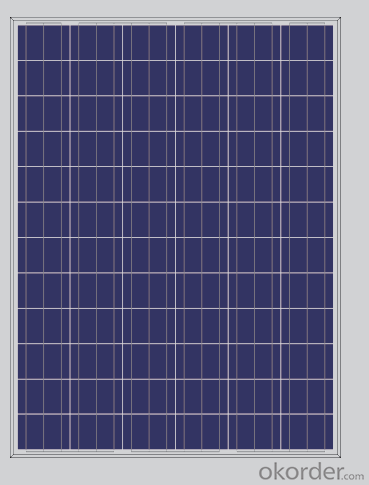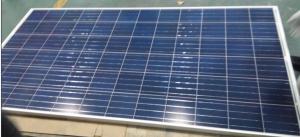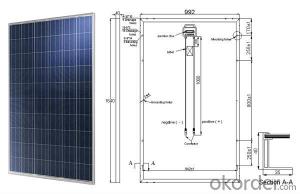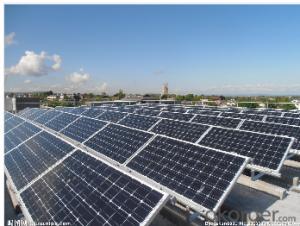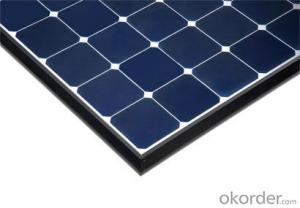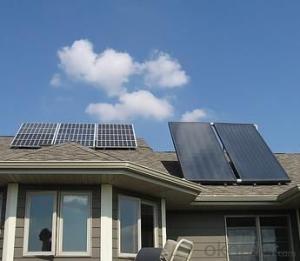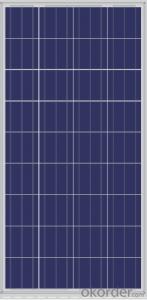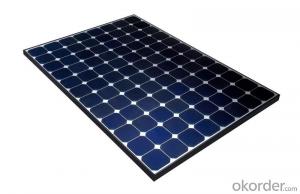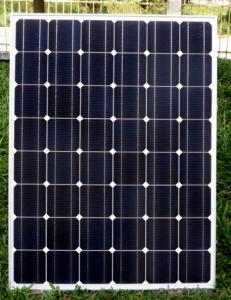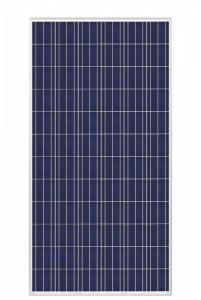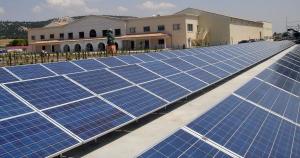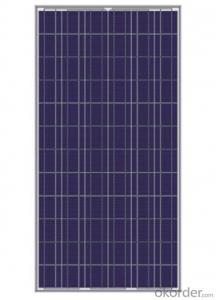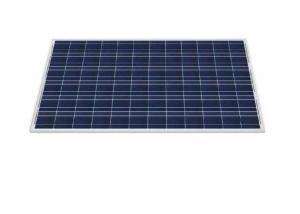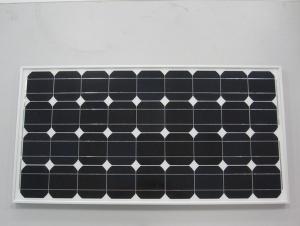Solar Panels on Shipping Container - Poly Solar Panels 200W Grade A with 25 Years Warranty
- Loading Port:
- Shanghai
- Payment Terms:
- TT OR LC
- Min Order Qty:
- 1 watt
- Supply Capability:
- 200000000 watt/month
OKorder Service Pledge
OKorder Financial Service
You Might Also Like
Specification
Description:
CNBM Solar is a world-leading and Vertical integrated manufacturer ofhigh-performance with Silicon,
Wafer, Cells, Modules, which convertsunlight into electricity for residential, commercial, and utility-scale
power generation.
The capacity of CNBMSolar is reach to 1GW, andmake sure each year our shipment capacity is more
Than 700-800MWs, at the same time, wehave set up the largest solar power station with our partner
in Ukraine.
CNBM is a Quality + Service orientedcompany with“Excellence at Each Step” approach, composed of
the finest components from TUV andIEC-certified partners around the world, CNBM modules consistently
undergo a variety of trials at thecompany’s Test & Development Centre, ensuring peak performance
capabilities. The company iscommitted to develop and provide the world with clean and renewable energy
to ease the energy shortages as wellas human kind’s impact on the environment.
Data:
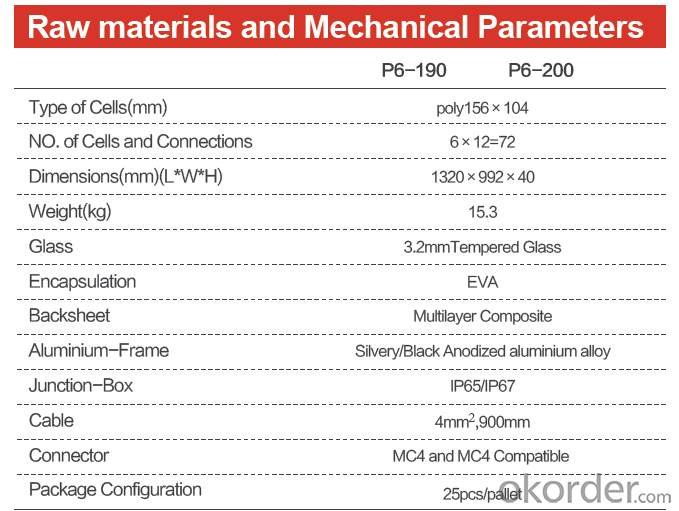
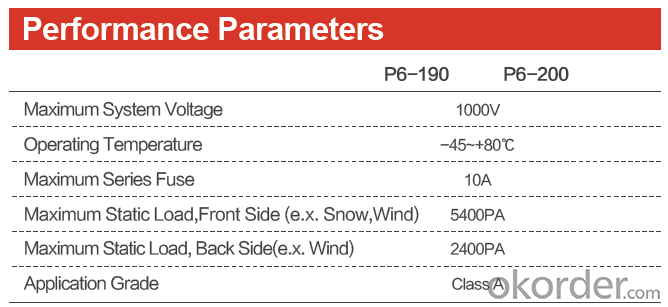
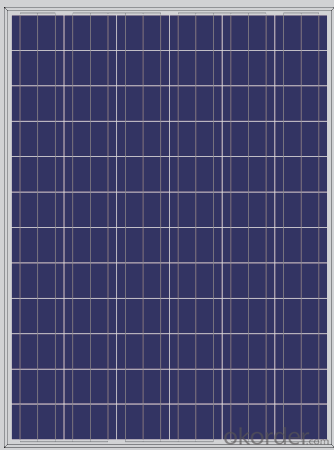
FAQ:How do you pack your products?
We have rich experience on how to pack the panels to make sure the safety on shipment when it arrives at the destination.
- Q: Is there a free site or resource that will teach you how to do this? Hopefully step by step and tells you how to buy all the parts ect?Which is the best resource for sale earth4energy, homemadeenergy, ect? Do they actually work and also as well as those which are professionally done?They say it will cost under $200 for a panel, but how much will this panel actually produce I mean how many panels would you have to make to produce 00% of your homes energy?
- Earth4Energy okorder /
- Q: Can solar panels be installed on a house with a flat roof?
- Yes, solar panels can be installed on a house with a flat roof.
- Q: Can solar panels be used in areas with high levels of dust or sandstorms?
- Yes, solar panels can be used in areas with high levels of dust or sandstorms. However, frequent and heavy exposure to dust or sand can reduce their efficiency over time. Regular cleaning and maintenance are necessary to ensure optimal performance in such areas. Additionally, advanced solar panel designs and coatings are being developed to mitigate the impact of dust and sand accumulation, making them more suitable for use in these challenging environments.
- Q: I have a small marine solar panel on my boat It came with the boat. I want to make sure it is working before I connect it. With a volt meter It is only reading .2 volts dc. I would think it should be 2-5 volts?
- Mark, the 2 vdc is pretty typical. Most panels for home use are set up to charge 2 volt batteries, and they are wired for an, open circuit voltage of 8 to 9 volts. This allows it to have enough voltage to feed through a few diodes, perhaps a charge controller and 30 or 40 feet of wire and still have at least 5 volts left over. Once you connect it to the battery the panel will drop to whatever the batteries charging curve voltage would be. If you have a few minutes, I would suggest getting a book at the library called, The Complete Battery Book, by Richard Perez. Just read the chapters pertaining to lead acid batteries, the other discussions on lithium, ni cads and such won't apply to your boat system. If your panel is not large, and it's short circuit current rating in amps is less than 2% of the amp hour capacity of the battery, you can even run the panel without a charge controller. The book explains this as well. There is a great magazine that gets into the nuts and bolts of this stuff, it's called Home Power, you can find it online. You might also find some info at a couple renewable energy websites, I will list them below. Panels are rated in two ways, open circuit voltage, which you measure with a multimeter while the panel is in open sun and nothing is connected to it. The other rating is short cirucuit current, which you measure with an ammeter while the panel is in the sun as well. You connect the ammeter across the output of the panel and let all the power short right through the meter, so you'll need an ammeter big enough to handle more amps than the panel puts out. A 0 amp unit will work for your boat panel. These tests won't hurt the panel, or the meters, we do it all the time in the field, and the manufacturers will tell you to do the same test if you have a problem with a panel and they want to know if it's malfunctioning. You can check one of their websites if you like. Good luck Mark, and take care, Rudydoo
- Q: Can solar panels be used in areas with high levels of snow or ice?
- Yes, solar panels can be used in areas with high levels of snow or ice. However, the efficiency of solar panels may be reduced during winter months due to reduced sunlight exposure. It is important to design solar panel systems in snowy regions with proper tilt and orientation, as well as implement measures like snow removal to ensure optimal performance.
- Q: Can solar panels be installed on airports or transportation hubs?
- Yes, solar panels can be installed on airports or transportation hubs. In fact, many airports and transportation hubs around the world have already installed solar panels as part of their sustainability initiatives. These panels help generate clean and renewable energy, reducing their carbon footprint and dependence on traditional energy sources. Additionally, the large open spaces available in these areas make them ideal for solar panel installations.
- Q: How do solar panels affect my electricity bill?
- Solar panels can significantly reduce your electricity bill by generating electricity from the sun's energy. This self-generated electricity can power your home or business, reducing the amount of electricity you need to purchase from the grid. In some cases, if your solar panels produce more electricity than you consume, you may even receive credit or payment for the excess energy fed back into the grid.
- Q: I am in need of solar panels and the batteries that I can store the energy in. I need to be able to run a laptop, cell phone, and LED lights from it. When I research I see all sorts of options with regards to watts, VMPs, and AMPs. I also see that I may need a controller, an inverter, and various other components. Can anyone help me through these terms and what i need to know in order to efficiently generate and store the electricity. Thanks
- Okay well solar panels only work under sunlight and it saves alot of electricty as compared to your normal switches.And it also saves money=D.One thing though...it only works under sunlight...remember this fact. Power storage simply means a device which can store power. Well a generator stores power and a power station too!! Otherwise they can't flow through our electric current..... So for power usage simply is like on the fan/lights/mobile/computers/modems/e.t.c are considered as power usage as you are using the power=P Well hope this information helps you!
- Q: Can anyone give me some info on how to figure how many panels needed for a 0 volt 2 amp pool motor. Thanks/ Run 5 hours a day
- You okorder /
Send your message to us
Solar Panels on Shipping Container - Poly Solar Panels 200W Grade A with 25 Years Warranty
- Loading Port:
- Shanghai
- Payment Terms:
- TT OR LC
- Min Order Qty:
- 1 watt
- Supply Capability:
- 200000000 watt/month
OKorder Service Pledge
OKorder Financial Service
Similar products
Hot products
Hot Searches
Related keywords

